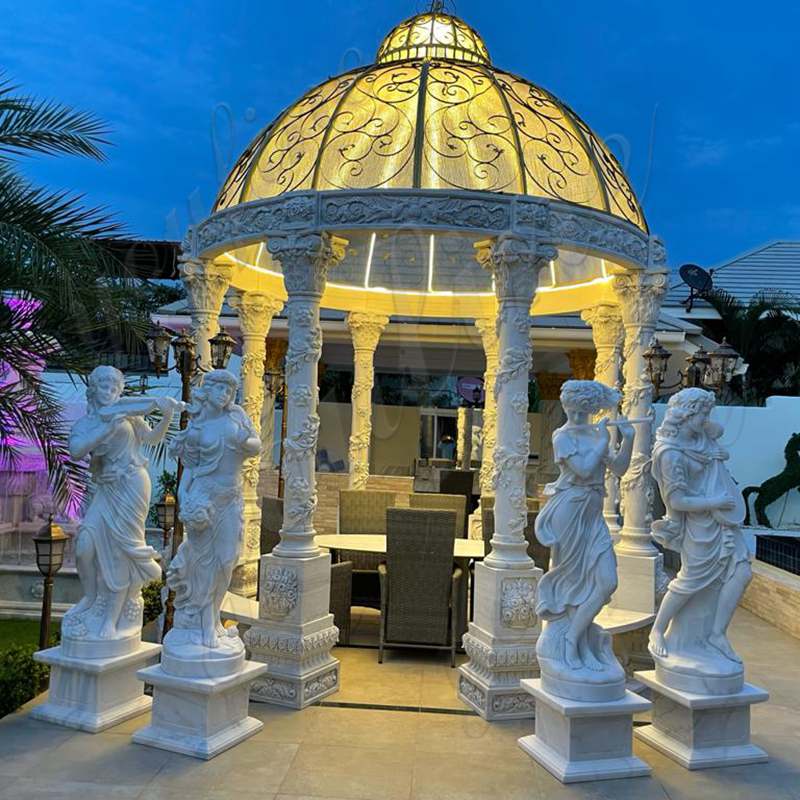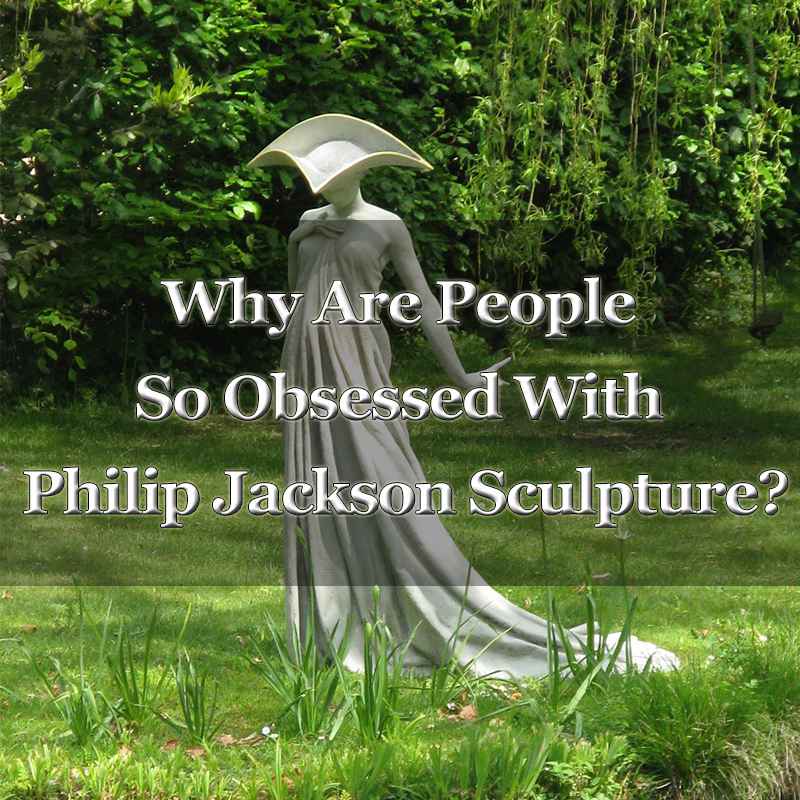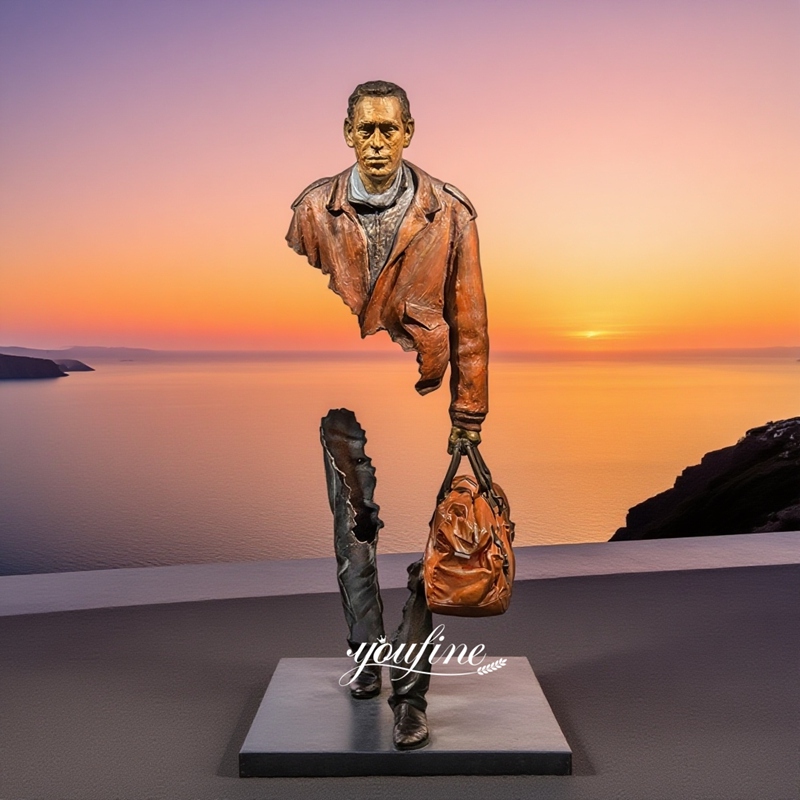A kinetic sculpture is a type of art that incorporates movement as a fundamental element of its expression. Unlike traditional static sculptures, kinetic artworks are designed to move—either through natural forces like wind or water, mechanical systems, or viewer interaction. This dynamic quality brings an added dimension to sculpture, engaging audiences with both visual interest and mechanical curiosity.
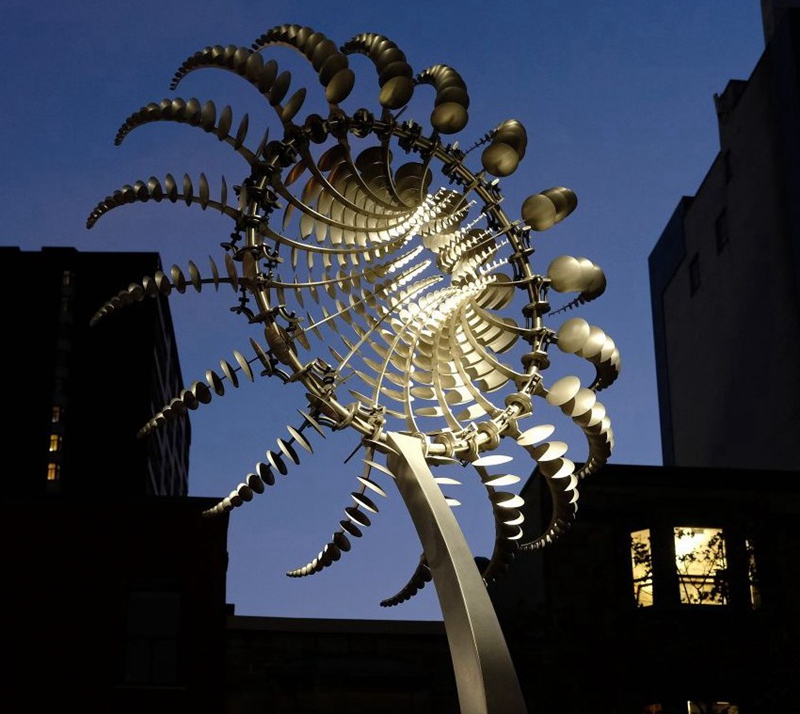
The History of Kinetic Art
Kinetic art first emerged in the early 20th century as artists began to challenge traditional static forms and sought ways to incorporate motion into their work.
1920s: Russian Constructivist artists Vladimir Tatlin and Naum Gabo were among the first to advocate for “real movement in real space.”
1930s–1950s: Artists like Naum Gabo and Jean Tinguely introduced mechanical and moving components into their sculptures.
1960s: Kinetic art gained widespread recognition with major exhibitions in Europe and the U.S., solidifying its place in modern and contemporary art history.
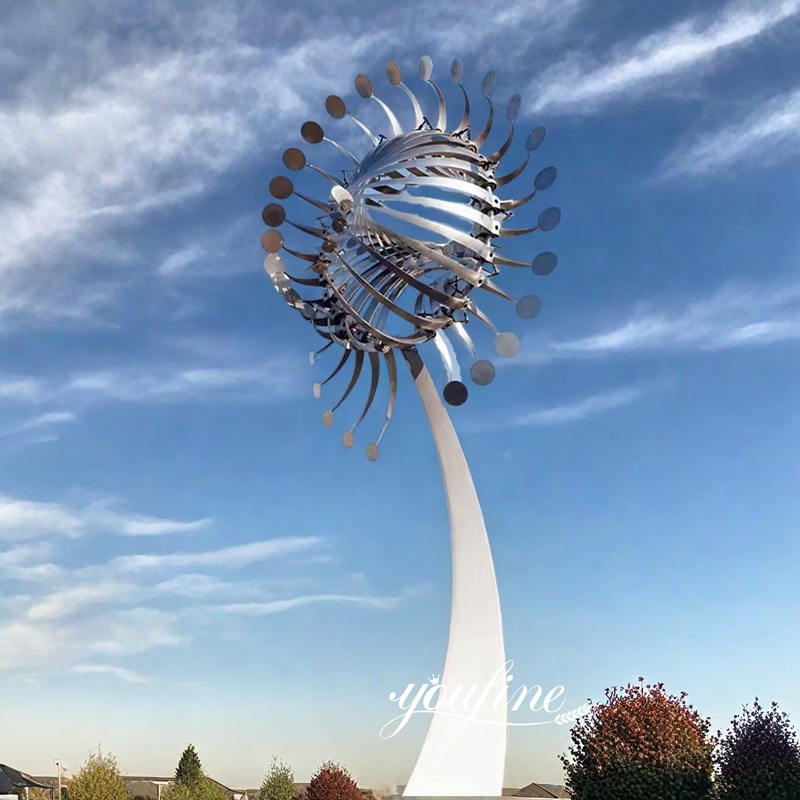
More Information: Outdoor Large Metal Kinetic Wind Spinners Sculpture
Famous Kinetic Sculptors
Several artists have significantly shaped the development of kinetic sculpture:
Alexander Calder – Often called the “father of kinetic sculpture,” he is best known for his wind-driven mobiles.
Jean Tinguely – A Swiss artist famous for his mechanical, often humorous kinetic machines made from salvaged materials.
Anthony Howe – A contemporary sculptor recognized for his mesmerizing wind-powered stainless steel installations.
Theo Jansen – Dutch artist known for his wind-powered “Strandbeests,” mechanical creatures that mimic animal locomotion.
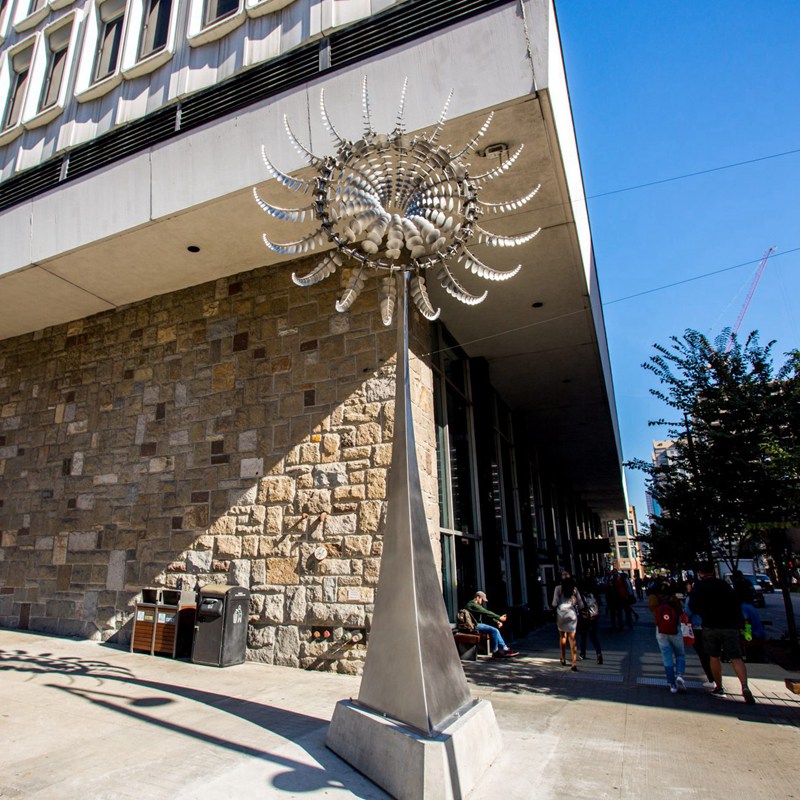
How Do Kinetic Sculptures Work?
Kinetic sculptures incorporate movement through various mechanisms:
Wind-powered – Sculptures that spin or sway with the breeze using carefully balanced metal arms or panels.
Water-powered – Movement generated by flowing water, often used in fountains or garden installations.
Motorized – Electrical motors drive gears, pulleys, or levers to create consistent or programmed movements.
Interactive – Respond to human touch, sound, or presence, often using sensors or physical input.
Mechanical systems – Employ gravity, counterweights, and mechanical engineering for perpetual or timed motion.

Types of Kinetic Sculptures
Kinetic sculptures come in many forms, depending on their mechanism and artistic intent. Here are the main types:
Wind Kinetic Sculptures – Driven by wind currents, these works rotate or oscillate with air movement. Anthony Howe’s outdoor sculptures are prime examples.
Mechanical Kinetic Sculptures – Use motors, gears, and pulleys to create complex mechanical motion.
Light Kinetic Sculptures – Rely on reflection, projection, or changing light to simulate motion or create optical illusions.
Interactive Kinetic Sculptures – Require viewer participation, activating motion through touch, movement, or sound.
Water Kinetic Sculptures – Utilize water flow to power moving components, commonly integrated into fountains or garden art.
Bio-Kinetic Sculptures – Mimic organic movement or biological structures, like Theo Jansen’s Strandbeests.

Kinetic Sculpture vs. Static Sculpture
| Feature | Kinetic Sculpture | Static Sculpture |
|---|---|---|
| Movement | Yes (natural, mechanical, or interactive) | No, remains fixed |
| Artistic Expression | Dynamic, ever-changing | Fixed form and expression |
| Interactivity | High, often responds to the environment or viewers | Low, primarily for observation |
| Common Materials | Metal, stainless steel, motors, wind/water elements | Bronze, marble, stone, wood |
| Typical Installation | Public art, modern galleries, gardens, outdoor spaces | Monuments, indoor decor, traditional public sites |


Kinetic sculpture, a cross-disciplinary art form, not only blends aesthetics, physics, and engineering but also imbues sculpture with new life through the power of movement. Whether used as a modern public art installation, a personal collection, or a finishing touch in a garden design, kinetic sculpture continues to push the boundaries of art.
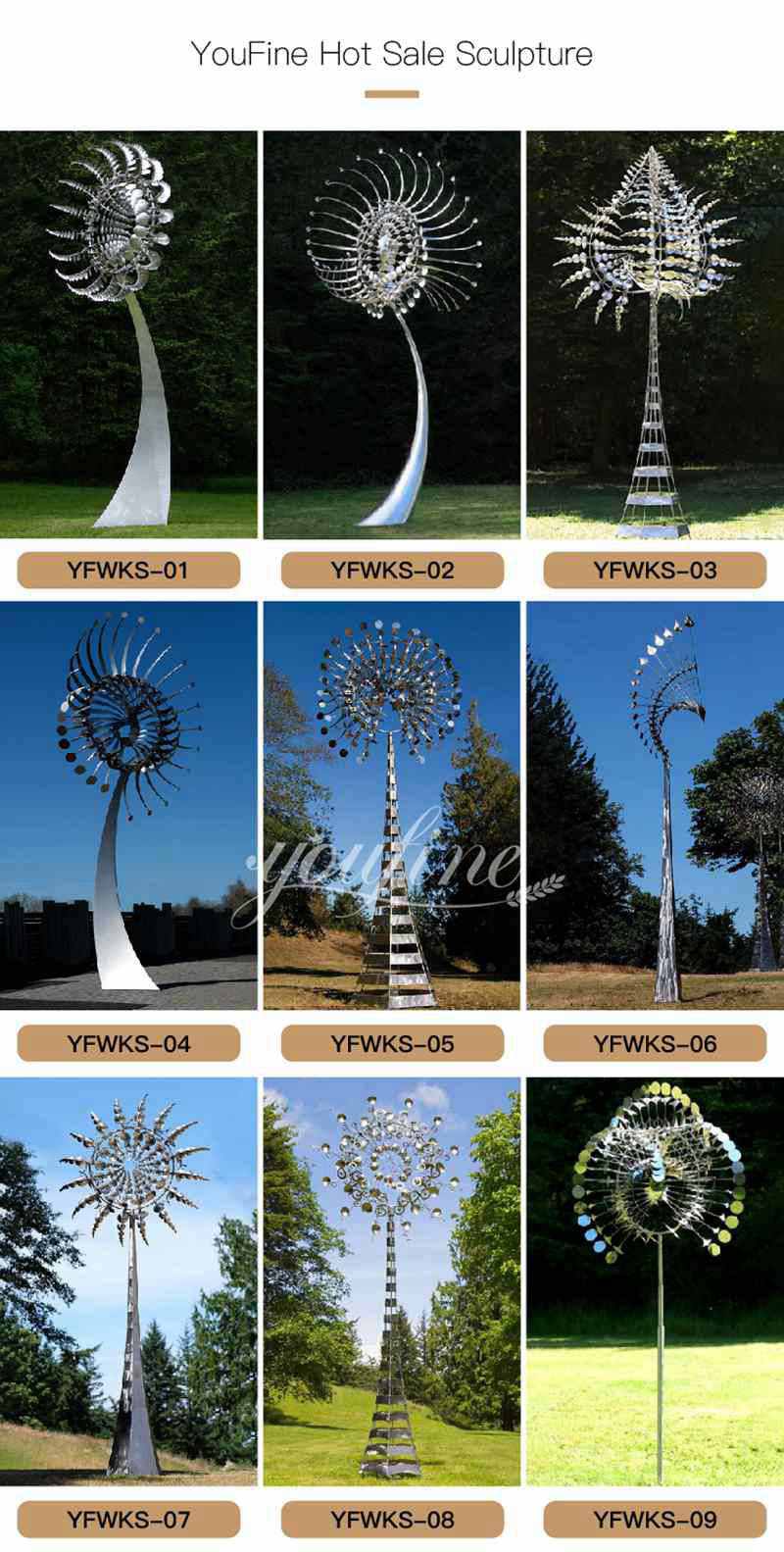
As a professional stainless steel sculpture factory, we offer a wide variety of stainless steel kinetic sculptures. If you’re looking for a unique kinetic sculpture, please contact us directly. We look forward to injecting energy and rhythm into your space.
